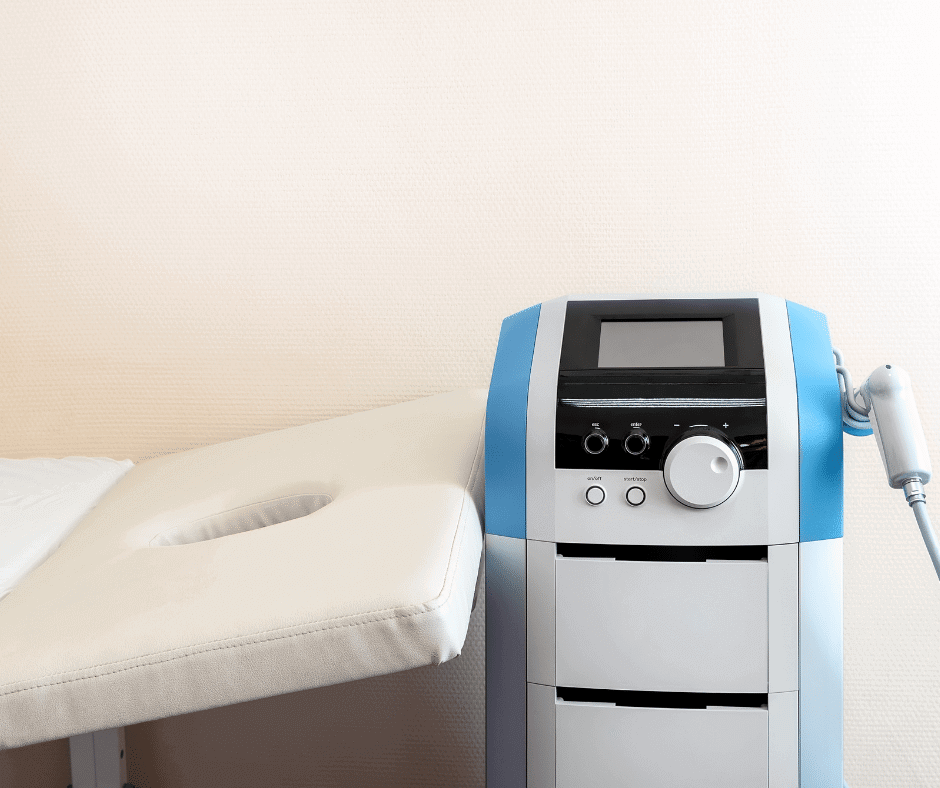The incorporation of laser technology to medical devices has come to play a crucial role in a diverse range of healthcare applications. Beyond their association with cosmetic procedures, many medical devices include lasers, transforming patient care and attention. From breaking down kidney stones to corneal correction, laser technology enhances healthcare and continues to evolve as technology in medical devices pushes forward.
In this article, we will discuss different types of medical devices that incorporate lasers as part of their structure, as well as general guidelines on their classification and grouping in Mexico.
Laser Medical Devices
Medical devices that use built-in laser technology has been applied on a diverse array of products. It is of note that, if the device possesses mixed qualities regarding its use (such as a device that serves for hair removal or reduction, as well as being used for dermatologic or general surgery) or the specific treatment of a known disease (such as alopecia areata), they must be registered as medical devices, nonetheless.
Medical devices that add lasers to their structure use different types of sources to produce a laser beam. Some types of sources commonly used are: CO2, Nd:YAG, Er:YAG, diodes, holmium, alexandrite and argon. It is important to know that in spite of the source, most lasers are not catalogued as ionizing radiation, and thus, do not require the specific authorizations for these kind of medical devices.
Classification and Grouping of Laser Medical Devices
Medical devices with lasers are considered “active medical devices” under the Mexican regulatory framework, and as such, most of them are considered class II. Common examples of this kind of devices are:
- Used in general surgery procedures for ablation, coagulation, vaporization, etc.
- Extracorporeal shock wave lithotripsy (ESWL)
- Topical stimulation of biological tissue.
- Analgesic and/or anti-inflammatory auxiliaries.
- Dental or ophthalmic general applications.
It is important to state that, in case that the device interchanges energy in a potentially dangerous way, taking into consideration nature, density, and application place (such as a specialized device for cardiovascular surgery), it would be considered a class III medical device.
Regarding grouping criteria, different variants of the same device can be included in the same sanitary registration, if they satisfy the following criteria:
- Same manufacturer.
- Same intended use.
- Same distinctive denomination (commercial name)
There are some types of medical devices that can use two or more sources for its applications. In such cases, the commonly accepted method of registration is to include the different sources (typically located within the hand pieces) along with the main unit. This is applicable when the hand pieces are of exclusive use to the main unit and cannot be interchanged or used with another type or brand of device.
Concerning the accessories that can be included within the registration of the device, different hand pieces can often be grouped and registered along with their respective devices. Another type of accessories that can be grouped with the device are those that are not considered as medical devices by themselves. Specifically, those found within the list of products that are not considered medical devices.
It is important to mention, that some accessories may need a case-by-case analysis of their inclusion in a sanitary registration, because they can fall under special circumstances within the regulation, and often they will need a separate registration process. Such examples include:
- Single-use laser fibers.
- Hand pieces that can be used with multiple devices or brands.
- Accessories that can be catalogued as medical devices by themselves.
Conclusion
Classification and grouping of laser medical devices must be taken in a detailed approach, given that the devices can include small distinctions that, if not analyzed carefully, can result in time losses or deviations from the intended registration plans. These guidelines intend to help with the scenarios that this kind of devices can pose.
If you have any questions about the registration of laser medical devices, or any other medical devices that can be placed in the Mexican market, feel free to contact us at contact@veraqueconsulting.com, or check our guidelines and checklists.

